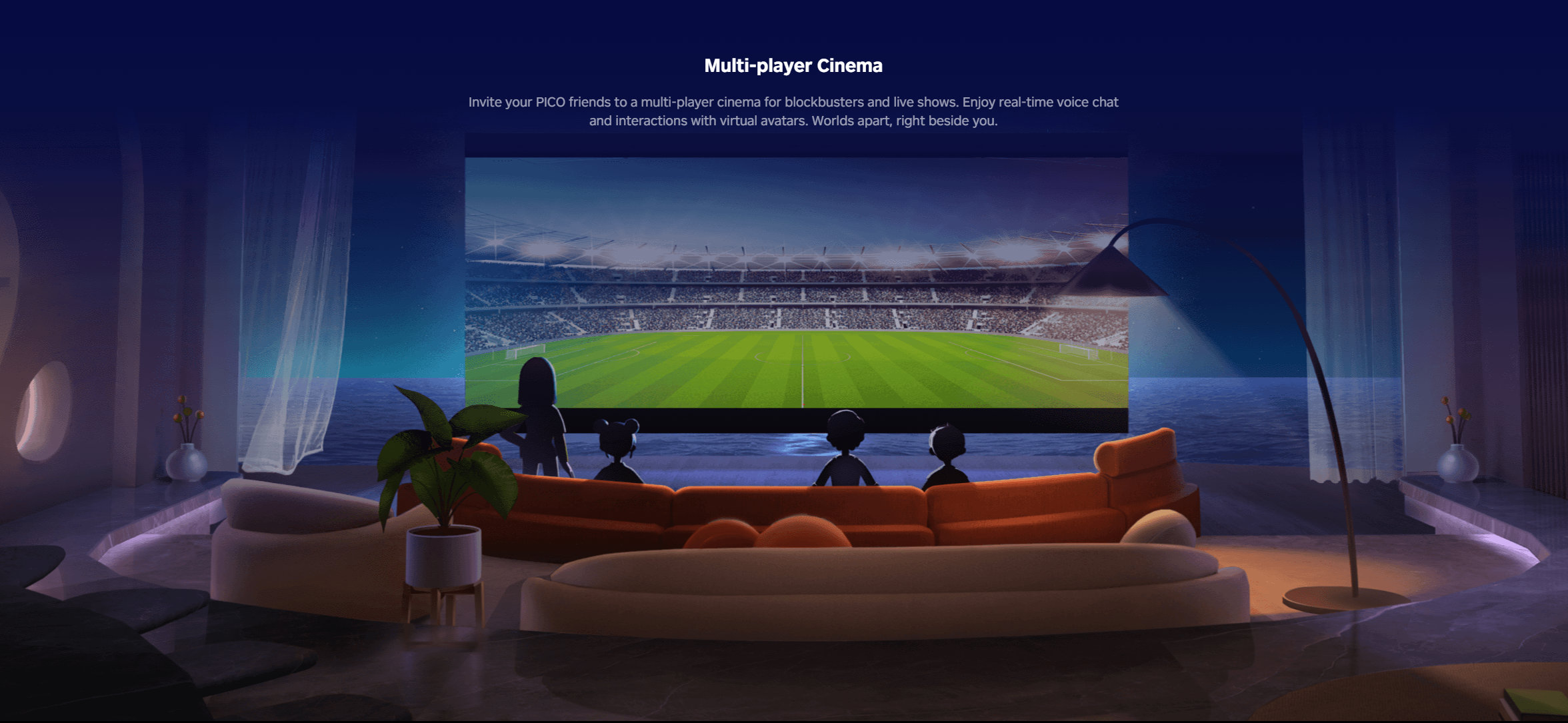
Built-in speakers used in modern VR headsets are generally good enough for audio, but some people will prefer to use a good pair of Bluetooth headphones, with low latency, like the Soundcore VR P10 recommended for Quest headsets. The alternative is either to build your own headphone adapter, if you’re good at DIY, or to search for the solutions available for the VR headset you use. There are many DIY options online, thanks to the magic of 3D printing, using different types of headphones and for different VR headsets.

There is a problem with the built-in speakers: the people around you will also hear the sounds coming from the headset. In fact, there is another problem, which you’ll face if you use an app like Voice Attack to issue commands to the apps in your computer. VoiceAttack is the premier voice control and macro creation system for your Windows games and applications, and while it is great to use, it does not work very well with the built-in speakers and the microphone in a VR headset; the microphone picks the sound from the speakers and VoiceAttack tries to execute what it thinks is a command, and the result is that VA works poorly. If you use the headset for work and use voice commands, this can turn into a nightmare.


Speech recognition, which is used to train the computer to understand your voice, does not help here, as VoiceAttack is simply doing what it does: listen to sounds. Unfortunately, the microphone on a VR headset is close to the speakers, and in the case of the built-in speakers on the Pico 4 VR, their sound affects VoiceAttack. To solve this problem and get a more private experience when watching content, the use of an external headphone is the best option. Now, there is a problem…
Watching trailers for 2025 upcoming films using the Pico 4 VR headset is an amazing way to discover the magic of having your own home theater, which can simulate a huge IMAX-style screen. VR headsets also open the world of 3D content, films included, something that VR users know well since the first VR headsets for consumers made it to the market. The Oculus Rift DK1 model, for developers, was released on March 28, 2013, and the official consumer model, the Oculus Rift CV1, three years later, in March 2016.
The modicap soundkit from Kabetec
A good VR headset offers consumers an experience like no other for watching content. Using headphones helps to make the experience more immersive, as it allows both to keep the sounds from the content watched private and keep noise from other sources out. So, although the Pico 4 VR sound is quite good, I decided to look for an alternative. After all, watching a movie in VR resembles a theater experience, so why not try to achieve theater sound?
Unless you go the DIY path, there is only one solution available commercially: the modicap soundkit from Kabetec, designed to offer over-ear audio to the Pico 4 VR headset without the need for long cables, adapters, or unnecessary bulk. Specially adapted for the Pico 4, Pico 4 Enterprise and Pico 4 Ultra VR headsets, the accessory has an over-ear headphone design. Compared to in-ear headphones, over-ear headphones increase immersion by covering the entire ear and helping to block any external noise. In addition, over-ear headphones are more hygienic than in-ear headphones and provide greater audio privacy than the external speakers on the headset.
The modicap soundkit from Kabetec is available for other VR headsets from Pico, and models from Oculus and HTC Vive. The kit includes the speakers, a 3.5mm jack cable and the clip-on system. Kabetec also sells a 3.5mm to USB-C adapter cable, enabling audio streaming from your headset to the sound kit or, alternatively, an adapter to charge the VR headset and use the headphones at the same time.
Because the headset only has one USB-C connection, if you want to use it to connect headphones and a battery charger, you need to find an adapter that does both things. Although Kabetec sells an adapter, I opted to look for another model online. Finding the right adapter is not easy, because many of the so called “adapters” that do both sound and power promise more than they deliver.
According to BENFEI, this USB-C to headphone adapter uses an advanced DAC smart chip to offer high-definition audio and powerful noise reduction, so you can get higher fidelity sound from it. It does work as intended, out of the box, and I am quite happy with the results, having used it for over one month. The only problem with some of these adapters is long-term reliability, so I will have to wait for a while longer to see if it keeps working. For now, I’ve found my solution for more impressive immersion when watching content in VR. The 4K trailers from upcoming films are so much more exciting when watched on a huge screen in my private home theater… with the Pico 4 VR.

